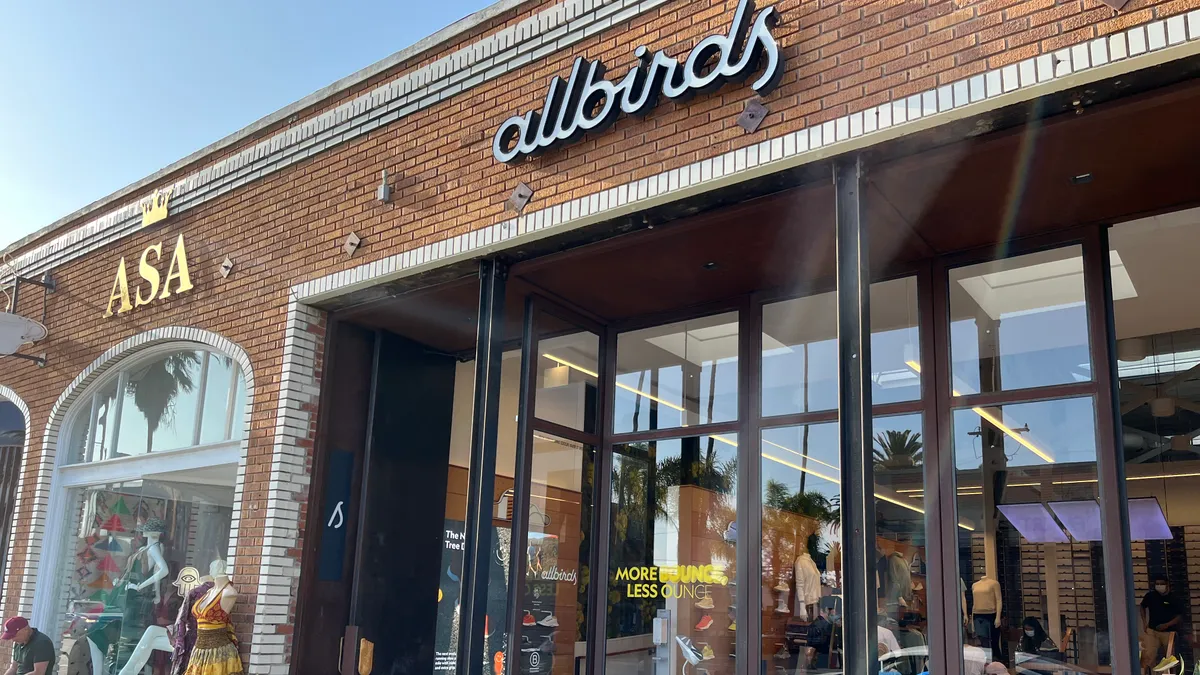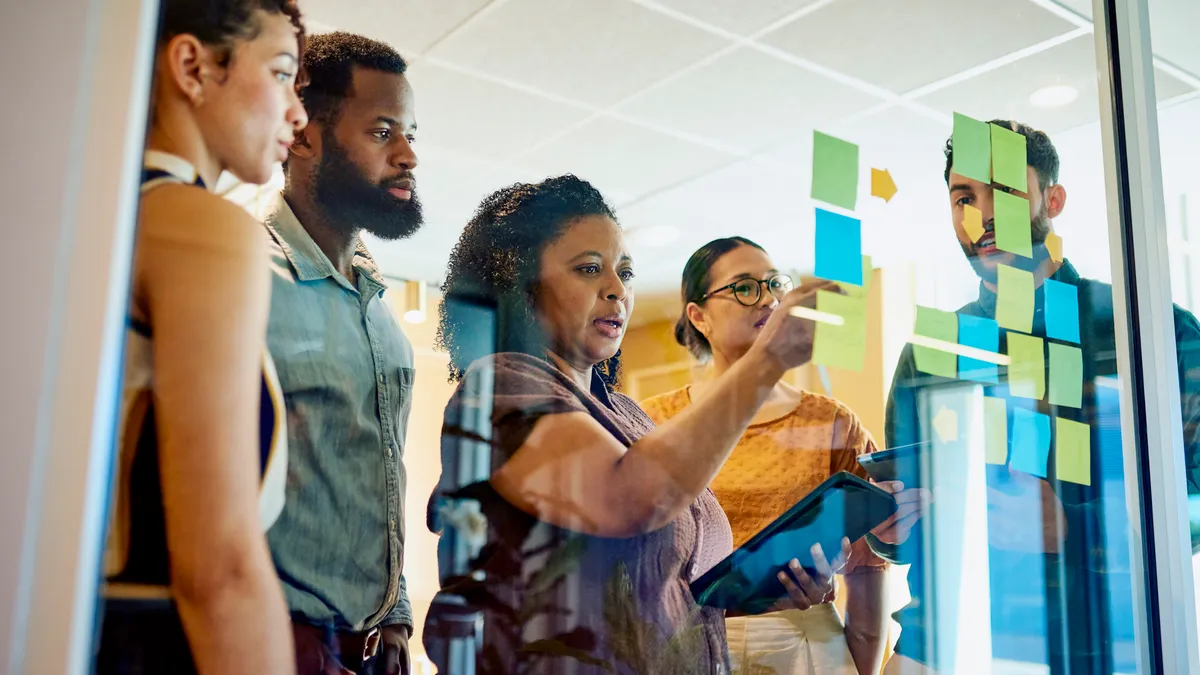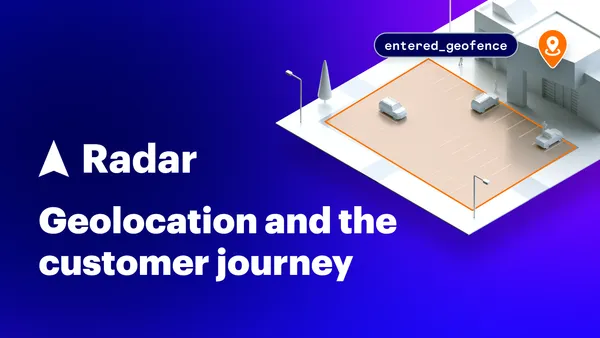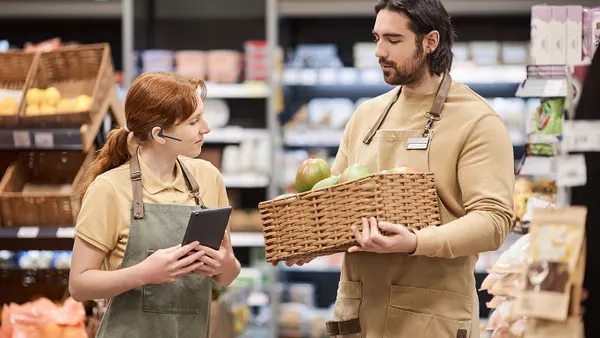Heather Larabee, a former Whole Foods Market executive and current VP of Marketing at GoSpotCheck, explores the transformation of relationship in retail.
1. Where do you see the intersection of humanity and technology in the retail customer experience?
In retailers who balance tech-enabled and human experiences and invest in technology that frees up team members to express their humanity in person with customers. They’re offering omni-channel experiences in-store, online, in eCommerce, on social, and in paid and earned, with personalization driven by AI and voice, to create deep customization and convenience for customers and an easier path to purchase along with inspiring service.
2. What kinds of technology power today’s take on historic retail best practices?
AR and VR allow customers to virtually “try before you buy” and decrease customer risk. Delivery and expedition of goods and services and today’s gig economy mean retailers have a unique opportunity to empower a global mobile workforce that drives human connection and places labor at the moment of customer fulfilment. Retailers can reduce customer risk around payment and security--blockchain is a powerful emerging technology that may solve a host of costly and distressing customer experiences and protect the consumer. Retailers partnering with emerging creatives, independents, and tastemakers will also win. Humans are wired to seek connection, and technology can give us more time for that discovery.
I’m inspired by Nike, Sephora, Amazon, Wal-Mart, Walgreens, Target, Restoration Hardware, Crate + Barrel, Patagonia, Lyft and tech brands that enable a 360-view into the customer, like SAP, whose recent acquisitions through Hybris are a clear signal to the market of the technology brands need to revolutionize the customer experience. I also love the segmentation and predictions from David Mattin at TrendWatching that provide a disruptive framework for brands to explore in response to customer needs and evolution. I firmly believe business has a mandate to help solve the complex problems facing us on the planet today, and I think tomorrow’s consumers will demand that--just as they looked to retailers and business owners in their towns to help address problems in their community as leaders.
3. We know that technology will continue to shape the future of retail. In what ways has it changed how retailers talk to their consumers?
We’re walking around with computers in our pocket--ecommerce, social, email and digital have transformed how retailers reach consumers where they are and customers expect that. We’re also seeing a desire for in-person experiences and moments of “digital fasting” where people are unplugging and looking to connect. AI will help retailers deliver timely rewards when customers want them, and not be invasive or spammy. Customers will always reject pushy, unsympathetic, and annoying sales tactics that don’t respect their real needs or limits. We must strike the balance between helpful and intrusive--humans really do want to be known, so we have to get it right and ensure we have the data to offer a truly personalized experience.
4. What are some must-have tools for retailers’ tech stack in 2019?
Trends towards personalization in 2019 will require software that enhances the customer experience in a few ways: field operations, analytics, payments, online ordering and fulfillment, and product selection. In today’s gig economy, easy-to-implement tools that reimagine how the world’s mobile workforce works will be key.
5. How does a retailer enable their team to make good decisions in the field?
Driving action across multiple locations in the field takes strategy, focus, and clear implementation plans. And you need tools that simplify the process and provide field teams with clarity and agency.
A great field tool introduces efficiencies and allows retailers to free labor up to focus on tasks that improve the customer experience, drive sales, or save costs. Rather than spending hours on routine tasks, technology can enable frontline teams to do that work faster and spend time on better, more fulfilling tasks that leverage their human capabilities. Today’s challenges are in solving how to do that at scale and to create a culture of authentic service and care.
6. What advice would you pass onto the next generation of retail leaders?
A mentor once said to me that the customer experience will never exceed that of the team member experience, and that really has to be driven from the leadership level. I would encourage retailers to find ways to unleash the human potential in their business by investing in technology that frees up the immense creative capital within their four walls and online. Our teams are our greatest asset.










